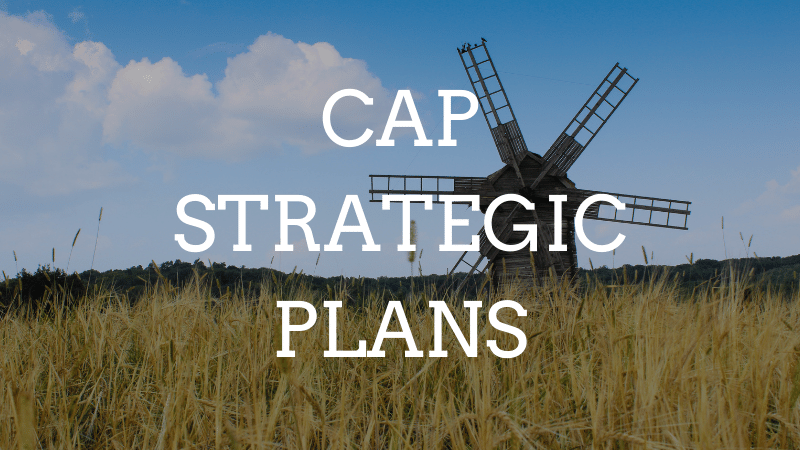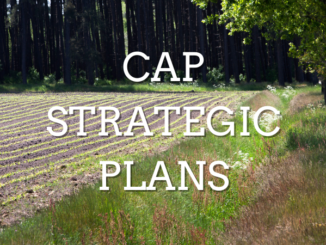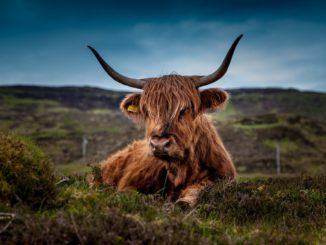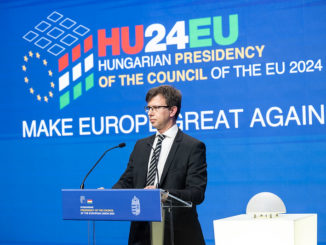Ukraine is a major agricultural exporter to the European Union. A progressive CAP could force Ukrainian agriculture towards more sustainability. But the current nationalization of the CAP might steer such environmental ambitions off course. Hans Wetzels reports.
The importance of Ukrainian agricultural production worldwide
Grain is the currency of currencies, Vladimir Lenin once wrote. Ever since the second half of the 19th century Ukraine has cultivated that idea. The harbor town of Odessa became the most important exporting center of the Russian Empire – redirecting the rivers of grain flowing out of the Ukrainian heartland toward the then rapidly expanding industrial cities of Europe. The highly fertile, humus-rich black earth is legendary for its productivity, enabling smart trading houses to amass fortunes.
Up to this day, Ukraine is a major global supplier of grains, sunflower, oilseeds, and has growing meat, dairy and soya producing industries. In total the country has about 30 million hectares of highly productive soils: the biggest agricultural acreage in the European zone. Ukraine is the third biggest exporter of grain and the fifth for wheat worldwide. Since the country gained independence in 1991 after the collapse of the Soviet Union, oligarchs scrambled for the land and were able to amass their fortunes, leading to rapid land concentration, growing inequality and environmental degradation in rural areas.
According to a 2013 joint report by the UN Food and Agricultural Organization (FAO) and the European Bank for Reconstruction and Development (EBRD), global food demand projections indicate an even bigger role for former Soviet countries like Kazakhstan, Russia and Ukraine in feeding the world – mainly because of their fertile soils, low land prices and proximity to important markets in Europe, China and the Middle East. According to the same report, agricultural outputs could grow by more than 30 percent the coming decades. ‘Right now the most of Ukrainian exports to the EU are still raw materials in bulk, like oilseeds and cereals,’ regional FAO-director Raimund Jehle explains. ‘Internal pressure not to raise environmental standards too much is quite high. A greening of the CAP, putting more focus on diversity in agriculture, rural development or protecting biodiversity would have rather positive effects in countries like Ukraine because it could stimulate diversification of rural areas and increase production of high value commodities instead of mainly focusing on bulk production.’
What are the main exports, imports and trade relations with the EU?
Ukrainian agribusiness has fared fairly well providing Europe with bulk commodities. Fully integrated conglomerates like Kernel (leasing and operating more than 500.000 hectares of land) or Myronivsky Hliboproduct (MHP – 370,000 hectares of land) produce corn and sunflower, export grains or chicken meats, and usually operate through a complex network of subsidiaries often registered in tax havens. Despite the (soon to be lifted) moratorium on land sales, foreign agricultural players have flocked into Ukraine as well. For the German-American seed conglomerate Bayer-Monsanto, Ukraine represents more than 20 percent of total European market share. The world’s biggest grain trader, Cargill from Minnesota (USA), started loading ships from a brand new cargo facility in the port of Odessa last year and even the Chinese government wants a piece of the pie and signed an export agreement with the Ukrainian government in 2017.
Since the (much disputed) Association Agreement signed by the European Commission and the Ukrainian government came into effect in 2017, trade links have only become stronger. According to Commission figures, trade with Ukraine increased by more than 48 percent since 2016. The EU thus remains Ukraine’s largest trading partner – accounting for more than 40 percent of trade flows in 2019.
Important exports from the EU include heavy machinery, chemicals and farm equipment. Main European imports include unmilled maize, iron ore, oil seeds and soft vegetables, with most Ukrainian produce being purchased by Poland (2.661 million euro’s), Italy (2.501 million) and Germany (2.242 million). In early 2019 Poland even displaced Russia as the top buyer of Ukrainian goods. ‘Agriculture is one of the three leading industries in Ukraine that bring in the most revenue from exports,’ says Maria Didyk of UN Global Compact; a large corporate agricultural initiative trying to align multinational companies with certain principles concerning human rights and the environment. ‘Global Compact has a couple of the biggest players in the agribusiness as our members. Environmental, social and governance metrics have become a critical part of investment decision-making and for agricultural development to be sustainable we must attach as many domestic agribusinesses to those principles as possible.’
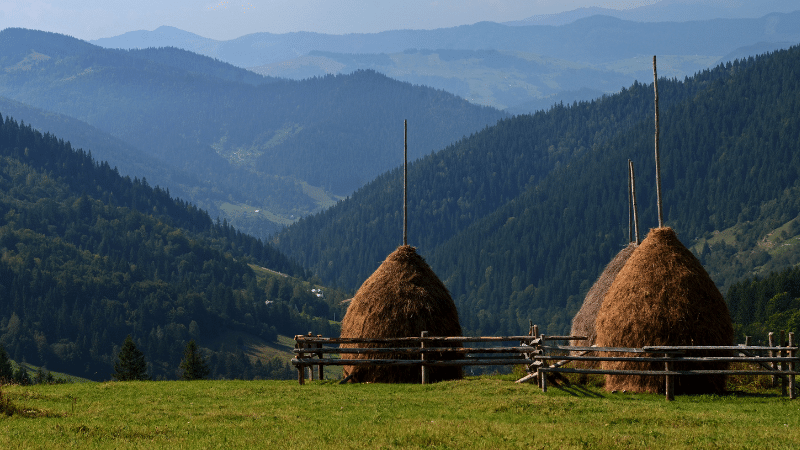
How are labour, development and the environment related to the EU market and policies?
Exactly those environmental, social and metrics of good governance have been under pressure since Ukraine morphed from a communist into a wild-west capitalist economy. Land concentration often borders semi-legality, while examples of ground water pollution, bribery of local officials, illegal logging or unsafe manure storage are legion. Legally prohibited genetically modified crops are exported from Odessa port in large quantities and a governmental moratorium on farm inspections makes it hard to monitor animal rights.
Jehle is the regional FAO-program director for Eastern Europe – including Ukraine, Albania, Georgia, Moldova and Armenia. Both the FAO and the EU have been heavily involved in helping Ukrainian authorities draft agricultural reforms from 2015, he says: ‘In agriculture, Ukraine is the fourth EU- trading partner after the UK, Brazil and the US. Downside is that the land concentration in rural areas is enormous; farms of over 30.000 hectares are not unusual, and that leads to problems both on the social and the environmental level. But besides those commodities, the biggest export growth in fact lies in sectors dominated by smallholders, like fruits. Since the Association Agreement came into effect, fruit exports to the EU have doubled, and the export of vegetables has grown from 11 million euro’s in 2015 to 86 million in 2018. Compared to bulk commodities, those numbers are still relatively small, fruits and vegetables account for about 3 percent of agricultural exports from Ukraine. But the opportunities for bigger growth are there.’
The implications of CAP reform on Ukrainian agriculture
For a European supplier like Ukraine, it matters what EU-legislation like the CAP looks like. The regional FAO-director believes that higher sustainability standards in Europe could stimulate Ukraine to develop due diligence mechanisms and certification schemes, or lead to decreasing pesticide use, better treatment of animals and help combat land concentration.
On the other hand, for Ukrainian farmers oriented on exporting their produce, it also makes a huge difference how EU member states utilize CAP-funding to support their own farmers. Roman Makukhin teaches a course of organic business at Kyiv-Mohyla Business School in the Ukrainian capital and grows fruit on a biodynamic farm in the countryside. ‘The CAP is highly discriminative against Ukrainian farmers,’ he explains.
‘The Ukrainian fruit sector might be growing, but Poland also exports a lot to Ukraine. All of that is free of quota’s and highly subsidized by Brussels. That leads to a decline in animal production and the cutting of our apple gardens. That way, the EU is directly diminishing non-commodity agricultural production in Ukraine before it can even develop. Germany could be the main market for Ukrainian organic and biodynamic produce. Instead, the CAP remains focused on efficiency and keeping Ukraine on a path of commodity-driven destruction of the environment.’
Since legislative responsibilities for the CAP shift from the European Commission to the Member States, national governments are busy drafting National Strategic Plans to outline how the CAP will be implemented inside their territories. Assessing how that will impact third countries is a highly complex process depending on member states’ political landscapes, markets and crop specifics, Jehle says. Whereas fruit producers could benefit from a decrease in unconditional income support for EU-farmers, the influence of commodity exporters on Ukrainian agriculture would only diminish with far-reaching and enforceable sustainability demands in the CAP. ‘To understand the implications of CAP-reform, you have to carefully study what the structure of the agricultural sector in a target country looks like,’ Jehle explains. ‘Environmental standards inside the EU could have a major upward effect in Eastern-Neighborhood or accession countries like Ukraine or Serbia. Right now, they mainly think in terms of intensive commodity production as a way to generate revenue.’
Matthias Krön is director of the Donau Soja Organisation in Vienna. He thinks even bulk production could become much more sustainable if the EU puts the right policies in place. Since the start of operations in 2012, his international non-profit association has rapidly expanded into most countries around the course of the Danube river and now runs offices in Austria, Serbia, Moldova, Romania, Poland and Ukraine to bring back protein production onto European soils. The landmark Green Deal the European Commission presented to the world in 2019 could be a major step torward greening agriculture inside as well as outside the EU. ‘We have to keep a sharp eye on how vested interests will try to water that down,’ Krön stresses. ‘In essence, the CAP only has jurisdiction inside the EU. So, to translate sustainability demands in the CAP to supplier countries like Brazil or Ukraine, we will need due diligence and certification procedures, importing standards concerning pesticide use or animal rights. A failure to develop such mechanisms of due diligence or to monitor and regulate imports could very well lead to European farmers demanding actual protectionist measures. A lot of the soya coming out of the Ukraine right now is illegally genetically modified while those same crops are prohibited in the EU. The case for regulation of imports is getting stronger the higher the standard in the EU gets.’
Soya is one of the growth sectors for Ukrainian agriculture. The former Soviet republic has already become the biggest soybean producer in Europe. According to an analysis presented by Donau Soja Organisation, exports of Ukrainian soybeans have increased tenfold between 2006 and 2016. After seemingly unbeatable giants Brazil (56% of the global market) and the United States (29%), Canada, Paraguay (both 3,7%) and Argentina (2,3%), Ukraine (1,4%) now ranks sixth in terms of export. ‘We try to implement a standard for our farmers that is actually higher than current EU-standards,’ Krön says. ‘In the future we want to further model that on the eco-schemes in the new CAP. The more robust the European production standard gets, the more incentive Ukrainian have in joining our organization and being certified. But we do have a problem concerning rule of law in Ukraine and we need due diligence mechanism to counter those.’
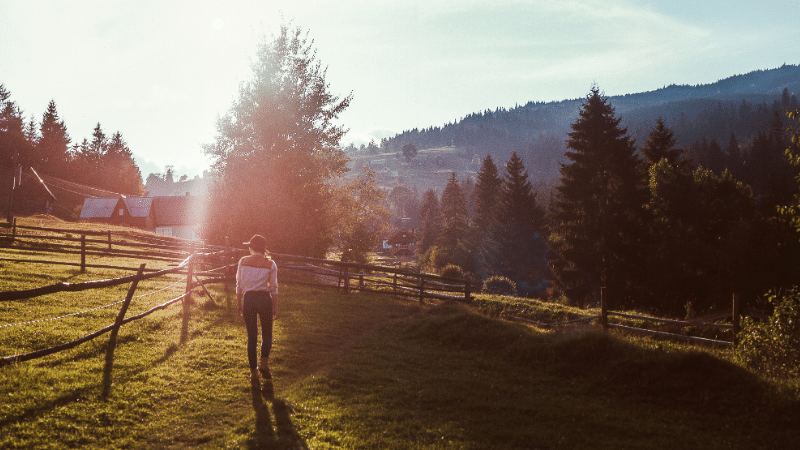
Final thoughts on CAP re-nationalization
It remains questionable whether the incoming CAP-nationalization will alter the European decision-making landscape in such a way that international agriculture can move towards greater sustainability. The European Parliament as well as the EU Council of Ministers have already taken aim at the environmental ambitions the European Commission set out in the Green Deal during a long week of debates and voting sessions in October 2020. With parliamentarians voting down environmental targets, national minister in the Council pushed through ring-fencing even less money for eco-schemes than first proposed. Krön: ‘For international organizations like ours, the CAP-nationalization is a strategic disadvantage. Farmers’ lobbies always have the best access to politicians on the national level and they usually don’t lobby for an increase in production standards. But the devil is in the details. If the EU-institutions still come up with strong indicators concerning the protein content of soy-beans, crop rotation or pesticide residues, the playing field in the national capitals will still be leveled.’
Still a lot depends on which direction national governments will choose to implement the CAP. For Ukraine, Poland is a crucial partner inside the EU. According to a government official deeply involved in drafting the Polish National Strategic Plan (NSP), Warsaw is still working on ‘a strategic layer’ before being able to tell more about any particulars to be expected in the Polish CAP-NSP: ‘In our timetable we assume that the final version of our NSP will be prepared by August 2021. Because of COVID-19, the budget discussions on the EU Multiannual Financial Framework and the Farm to Fork Strategy, some elements already drafted need to be completed or changed now.’
In an earlier interview with ARC2020, Polish MEP Czeslaw Siekierski of the traditional farmers’ party Polskie Stronnictwo Ludowe (PSL) said a lot of current problems for farmers are the result of opening the border with Ukraine. Since then, cheap grains, soft fruits and poultry come streaming into Poland from its eastern neighbour. The current conservative government in Poland has risen to power in part on promises to fight rural poverty. In a letter sent in June 2020 about the Polish NSP, the Minister of Agriculture Jan Ardanowski suggests that the government is indeed anticipating more support for ‘smaller entities possibly having a bigger potential’, ‘depending on the situation on the market, the type of product offered’ and company details. Ardanowski also underlines he wants to ensure that ‘an increasing number’ of entities would become eligible for financial CAP-support. ‘To understand what this could mean we have to think in terms of quantities,’ FAO-director Jehle explains. ‘The increase of fruits and vegetables exports from Ukraine has been significant in terms of monetary value. But Poland already is a major producer of apples. If you look at the amount of produce on the market, Polish farmers won’t increase their production of apples in such a way it could limit the development of the Ukrainian sector. What matters is the market conditions inside the EU. If Polish farmers have to live up to different standards that will pit the two countries against each other. Besides that, whatever Poland is going to do in their NSP, they’re not all of a sudden going to produce ten million tons more of sunflower or soya. Simply because they do not have the same climatic conditions as Ukraine does.’
According to Jehle, an ambitious Polish CAP-NSP could not affect Ukrainian agricultural development fundamentally. What would matter more in third countries in the Eastern-Neighborhood and Balkans would be preventing a high level of environmental ambition being watered down by the EU-institutions in Brussels already, which would in effect signal Ukrainian farmers large-scale exports are the best way forward. ‘Whatever complaints Polish or German farmers may have about cheap fruits or grains coming in from the Ukraine, the nationalization of the CAP does not allow for import restrictions,’ Jehle states. ‘The Polish government may decide to use their NSP for subsidizing farmers and arranging targets for the environment and rural development in a certain way. To understand the effects that could have on Ukraine, you will have to very precisely analyze the markets for very specific products. The Polish government might want to stimulate smaller entities, but in the end, they will still have to compete with Ukrainian products on price and quality. Because the responsibility for trade policies will firmly remain in the hands of the European Commission.’
Download this article as a PDF
 This article is produced in cooperation with the
This article is produced in cooperation with the
Heinrich Böll Stiftung European Union.
More on CAP Strategic Plans
A Rural Proofed CAP post 2020? – Analysis of the European Parliament’s Position
CAP Beyond the EU: The Case of Honduran Banana Supply Chains
CAP | Parliament’s Political Groups Make Moves as Committee System Breaks Down
CAP & the Global South: National Strategic Plans – a Step Backwards?
CAP Strategic Plans on Climate, Environment – Ever Decreasing Circles
European Green Deal | Revving Up For CAP Reform, Or More Hot Air?
Climate and environmentally ambitious CAP Strategic Plans: Based on what exactly?
How Transparent and Inclusive is the Design Process of the National CAP Strategic Plans?

